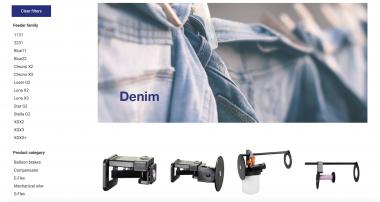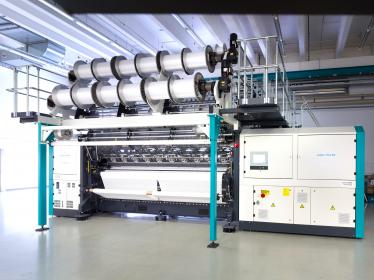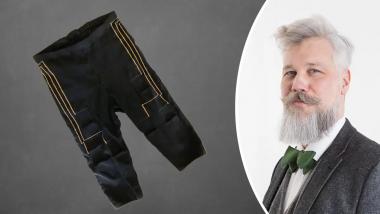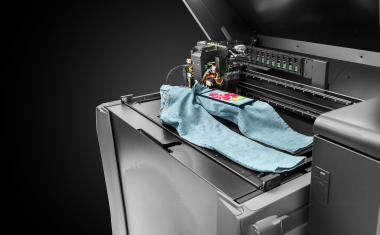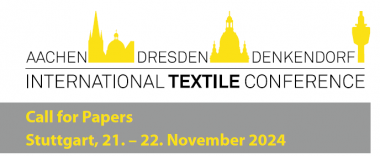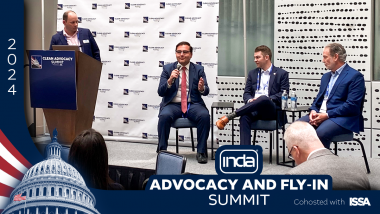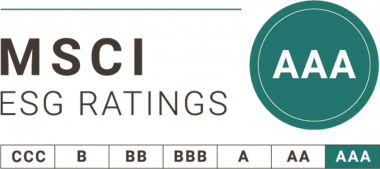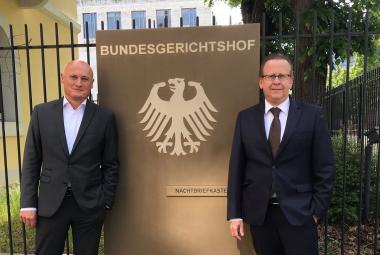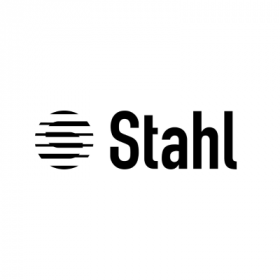Epson auf der Texprocess 2024
Im Fokus des Messeauftritts Epsons auf der texprocess 2024 (23.4. bis 26.4., Messe Frankfurt) steht die Präsentation eines gemeinsam mit den Partnerunternehmen Summa aus Gistel, Belgien, und der Multi-Plot aus Bad Emstal aufgebauten Herstellungsprozesses von bedruckten Textilien. An den Ständen der Firmen sehen Fachbesucher:innen jeweils einen Abschnitt eines Produktionsprozesses mit reibungslos ineinandergreifenden Schritten. Der zentrale Teil des Workflows ist ein SureColor F9400H Drucker, der die textilen Motive auf Transferpapier druckt. Daneben zeigt Epson auf seinem Stand die Hybriddrucker SC-F2200 und SC-F1000 für Anwendungen aus dem DTG- & DTFilm Bereich. Der Auftritt Epsons auf der texprocess 2024 wird abgerundet durch eine Auswahl von Textilmustern, die von Druckern der industriellen Textildruckerreihe Monna Lisa angefertigt wurden.
Die Aufgabe des Epson SC-F9400H in dem textilen Workflow ist der Druck des Designs auf ein Transferpapier, das anschließend mit einem Kalander des Typs HJ 75 von Multi-Plot unter Einwirkung von Hitze und Druck in das gewählte textile Medium eingebracht wird. Nach der Kalandrierung des Designs auf dem Textil schneidet ein L1810 Laserschneider von Summa als letzten Schritt des Workflows das Material für eine Weiterverarbeitung zurecht.
Zum Druck des Designs selbst wird die Software „Epson Edge Print“ eingesetzt, die auch ein Farbmanagement ermöglicht. Dazu wird der neue Epson SD-10 Automated Scanning Table zusammen mit der im Lieferumfang des Scantisches enthaltenen Software „Edge Color Lite“ Software eingesetzt.
Der SD-10 Automated Scanning Table ist eine Lösung, mittels dem das Epson SD-10 Spektralphotometer automatisch Farbcharts einliest und so schnell und einfach präzise Farbprofile erstellt. Als Option für das seit letztem Jahr erhältliche SD-10 Spektralfotometer und der Software „Edge Color Lite“ bildet der neue SD-10 Automated Scanning Table eine benutzerfreundliche Komplettlösung zur Erstellung von ICC-Profilen. Auch ist mit dem SD-10 Automated Scanning Table und Edge Color Lite die Überprüfung und der Abgleich mehrerer Drucker desselben Modells möglich, sodass die Kalibrierung einzelner Geräte untereinander vereinfacht und beschleunigt wird.
Epson Deutschland GmbH





